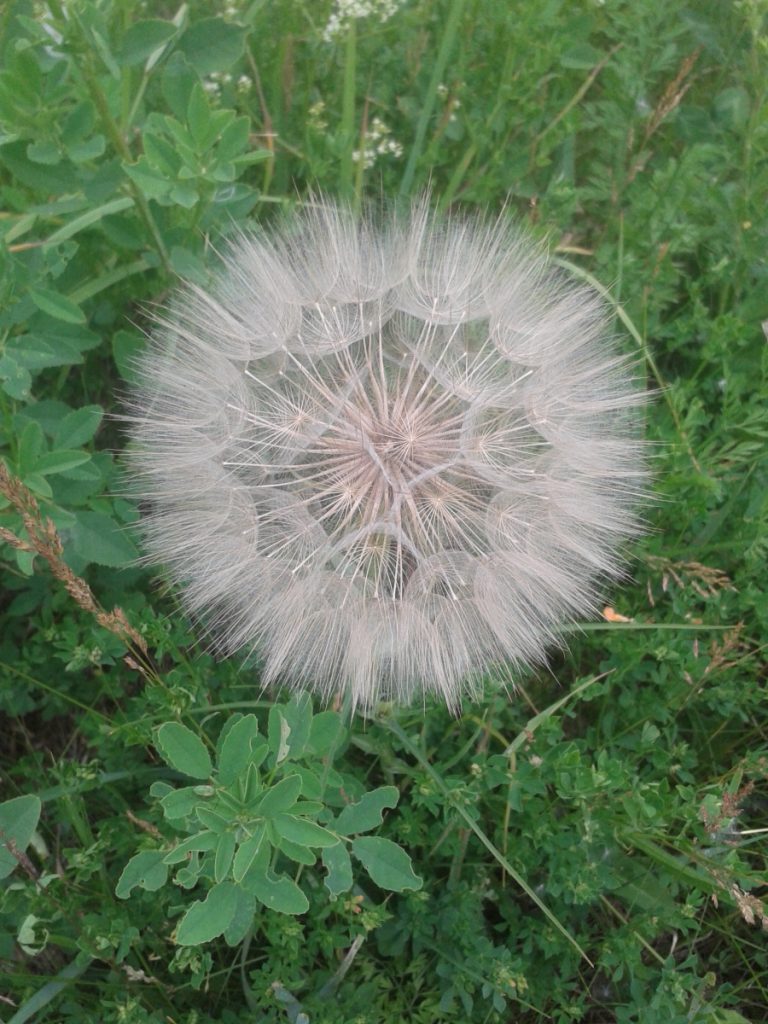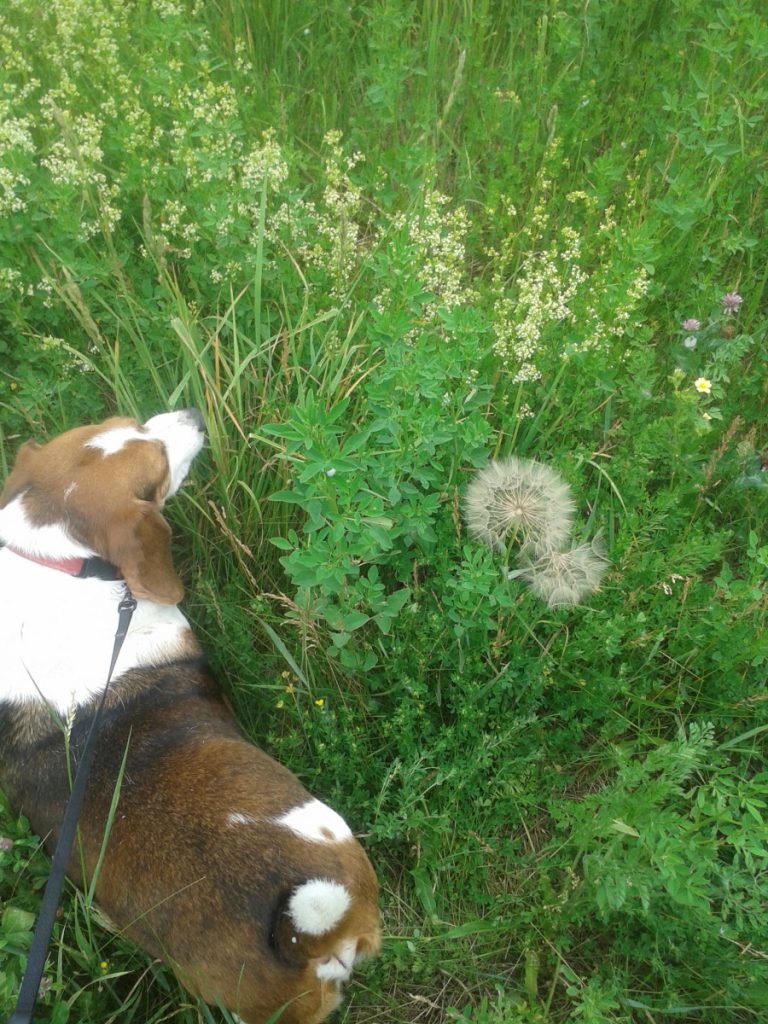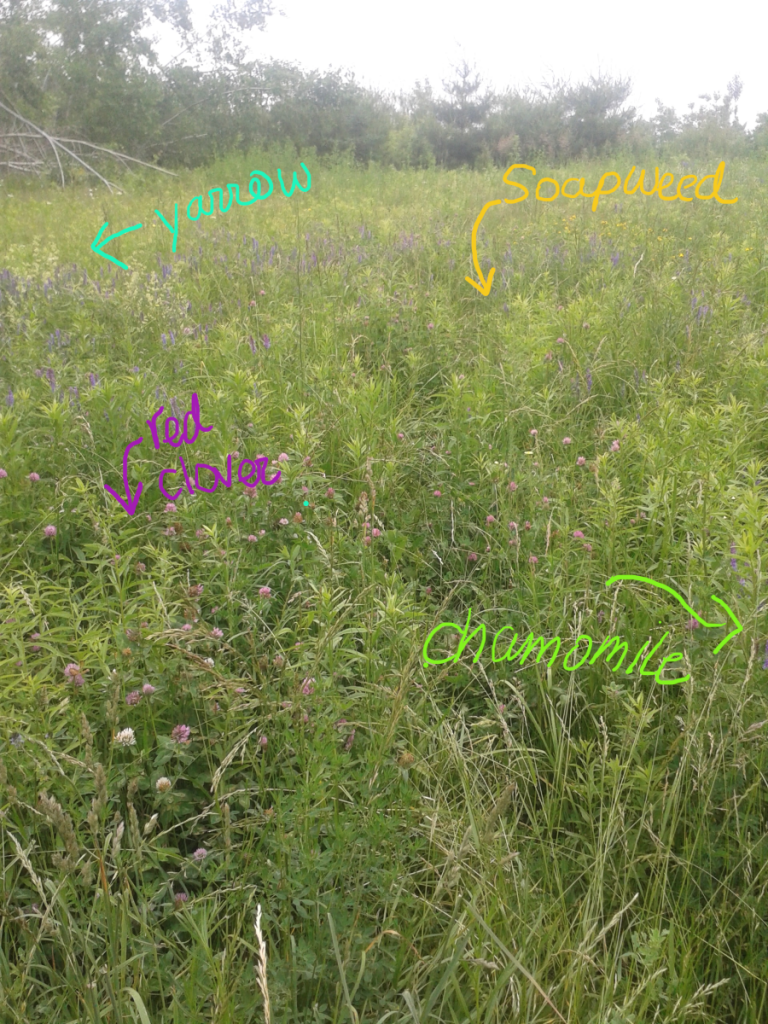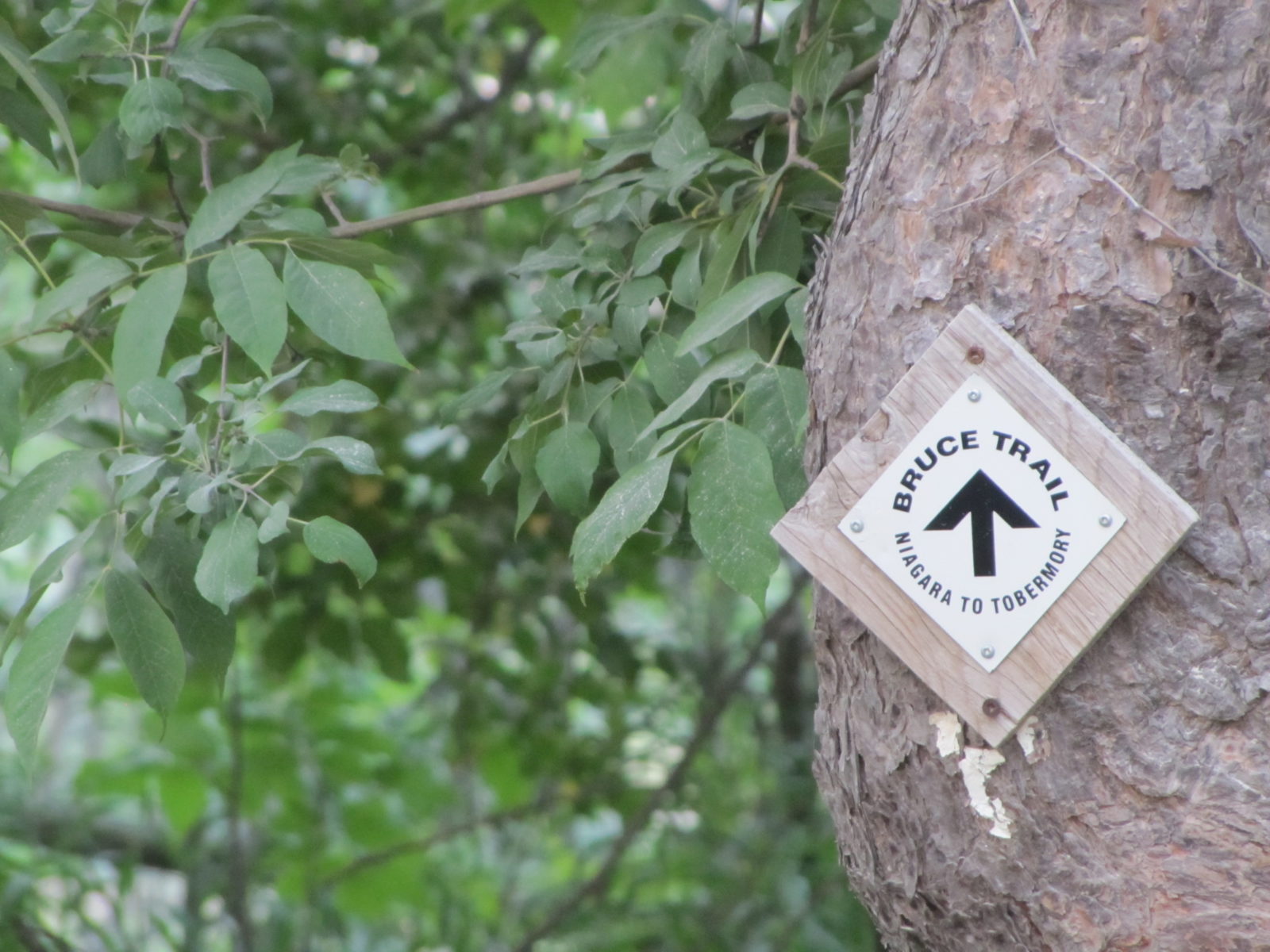
Every season brings new herbs to life, each with a different purpose and use in the body. Come spring, the fields are light gold with dandelion heads — some people may find them pesky weeds, I see it as a great chance to cleanse the liver and kidneys!!
The plant above is a Salsify, the root was adored by the European aristocracy for years. It can be roasted or added to a stew or soup, you can even steam them with some sweet potatoes and parsnips and make them into mashed root vegetables (delicious!!). It has a similar taste to a parsnip, eaten raw it is rather bitter, making it great for the digestive system. High in B6, it aids the motility of the intestines (peristalsis) resulting in regulating bowel movements, strengthening the muscles and nerves of the intestines as well as allowing for greater absorption of nutrients.


Next time you go on a hike take a close look at what is growing. It may be a good idea to either take a herb book with you or do some research beforehand. There is so much that is taken for granted and yet we do not use it. I am going to go over a few herbs that I enjoy foraging for, perhaps you will as well. Remember to always leave most to the plant behind (if you are going to the root, leave some of that particular species untouched) as you want them to keep coming back and have them available to others and the surrounding wildlife. There are some plants that are quite indestructible, such as the liver cleansing dandelion.
YARROW
(use aerial parts) Collect between the months of June and September. A diaphoretic herb, it is a classic remedy for a body dealing with a fever. It lowers blood pressure, aids digestion and reinforces and restores blood vessels. It can also be used externally to heal wounds. It is the “go-to” herb of the wild!!
SOAPWEED or SOAPWORT
(use rhizome and root) Collect between the months of September and October. The use of this plant is that of a diuretic, laxative, and expectorant. As an expectorant it is great for dealing with bronchitis and dry coughs; it may possibly be effective in ridding the body of gallstones. In very high doses it will have laxative effects on the body. Externally — use as a wash against eczema —- leaves and steam would be perfect for this!
RED CLOVER
(use flowerheads) Collect between May and September. In the body, it acts as an alternative, expectorant, anti-spasmodic. It is very useful as a remedy for children with skin problems, primarily eczema or psoriasis. (It can also be used by adults for the same reasons). red clovers expectorant and anti-spasmodic actions are also great as a remedy against coughs, bronchitis and whooping cough.
CHAMOMILE
(flowers) Collect between May and August. A common tea to most people, it is relaxing, soothing, anti-inflammatory. It is gentle enough for children and is a great sedative. Reduces anxiety and insomnia and aids against indigestion and inflammation (such as gastritis). Great to place over top swollen eyes, and to use as a mouth gargle when one has a source throat. When applied externally it aids in healing wounds and reducing inflammation.
Take a look around next time you go for a walk, learn about herbs and their properties, if an apocalypse ever hits knowing can be very useful. If you’re not too sure you should be taking something always consult a health practitioner, some herbs can be quite strong on the body.
Amanda Filipowicz is a certified nutritional practitioner (CNP) with a bachelor in environmental studies (BES) from York University. She also has certification in clinical detoxification, prenatal and postnatal care as well as nutrition for mental health. She has been working as a nutritionist since 2013 and is a lifelong proponent of eating healthy.

